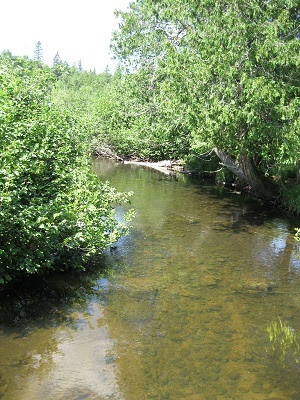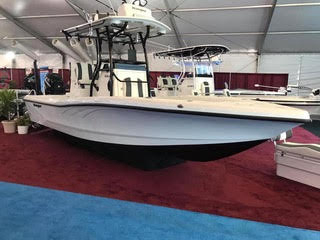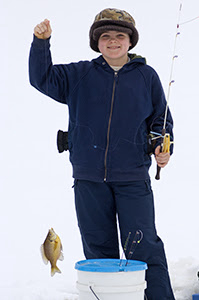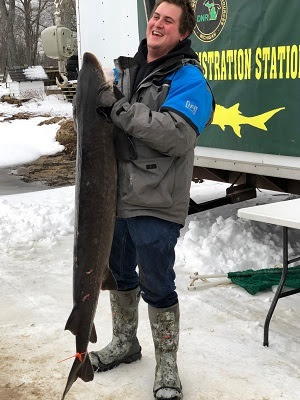Michigan Outdoor Life/Field & Stream Expo is this Weekend in Lansing
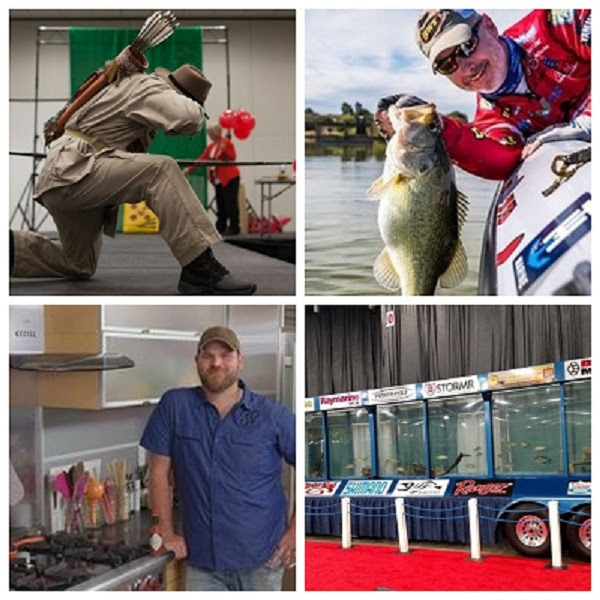
LANSING, Mich. — The Michigan Outdoor Life Field & Stream Expopresented by Suzuki KingQuad is this weekend at the Lansing Center in Lansing, Mich., and runs from Friday, March 13 through Sunday, March 15.
The Expo will be filled with the latest products, gear and equipment for hunting, fishing and outdoor enthusiasts from top brands in the industry. Attendees will have the opportunity to attend educational seminars and demonstrations with industry insiders and bring their deer to have it measured and scored.
Many exhibitors will be offering: “Try, Before You Buy” demo opportunities and many will also have special show-only pricing.
Expo Highlights:
- Trophy Deer Contest and On-Site Measurement
- Archery Trick Shooting with Byron Ferguson
- SPECIAL GUESTS: Outdoor Channel’s Chris & Casey Keefer, Ralph & Vicki Cianciarulo
- EDUCATIONAL SEMINARS: Raptors Up Close, Wild Game Cooking with Jean-Paul Bourgeois Presented by Field & Stream Magazine, Live Fishing Demos, Turkey Hunting with Eddie Salter & Much More!
- Try, Before You Buy Demo Opportunities
- World-Class Deer Exhibit from Whitetail Kings
Show hours:
Friday, March 13 2:00 p.m. – 8:00 p.m.
Saturday, March 14 9:00 a.m. – 7:00 p.m.
Sunday, March 15 9:00 a.m. – 4:00 p.m.
Single-day tickets for the Michigan Michigan Outdoor Life/Field & Stream Expo are $9/Adults in advance, when purchased online and $3/Youth, (ages 13-17). Kids ages 12-under are free. Adult 2-Day tickets are also available in advance online for $16, with a 2-day Youth/$6 (ages 13-17).
A Family 4-Pack can be purchased in advance online only for $22, which includes 2 Adult and 2 Youth, 1-Day tickets.
At the door, Single-day tickets are $12/Adults and $5/Youth, (ages 13-17). Kids ages 12-under are free. Adult 2-Day tickets are also available for $20, with a 2-day Youth/$8 (ages 13-17).
To purchase tickets in advance online, visit www.FieldandStreamExpo.com.
A 1-year subscription to Field & Stream or Outdoor Life magazine is included with paid admission as well as door prize entry.
The Michigan Outdoor Life/Field & Stream Expo in Lansing is sponsored by Suzuki KingQuad, River Rats Trapping Supplies and “Outdoor Ethics” sponsor: Tread Lightly.




